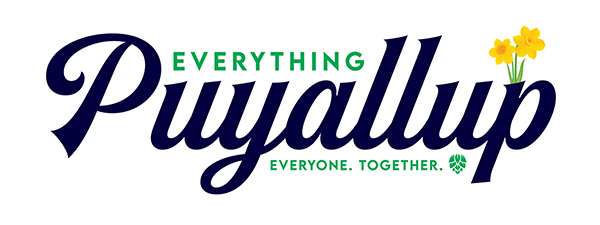Puyallup is known as the “land of generous people”, and this is shown through the countless service hours and financial donations made to better the community and build people up that are down on their luck. While any giving is essential to a stronger community, finding effective ways to give back to Puyallup can sometimes feel overwhelming. Enter the world of Donor-Advised Funds (DAFs), a sophisticated yet accessible philanthropic tool that’s been gaining traction among local residents and business owners alike. Let’s dive into the mechanics of these charitable vehicles, keeping things simple and neighborly.
At its heart, a Donor-Advised Fund is like a philanthropic savings account housed within financial institutions, such as Schwab Charitable. Here’s the gist: you contribute cash, stocks, or even real estate into this fund, snag an immediate tax deduction, and then recommend grants to your favorite charities over time. It’s an ingenious way to make your charitable giving more impactful, efficient, and, frankly, easier on your wallet. Imagine contributing a piece of appreciated art, avoiding capital gains taxes, and seeing those funds support a range of causes you care about. Plus, these platforms offer professional asset management, ensuring your donations grow and reach their fullest potential.
However, life is all about balance, and that includes our approach to charitable giving. While DAFs offer a streamlined avenue to support the causes dear to our hearts, there are a few considerations to keep in mind. Once you contribute to a DAF, that decision is final—those funds are no longer yours but are earmarked for charity. It’s a commitment to your philanthropic strategy, which might not suit everyone. Additionally, like any managed fund, DAFs come with administrative fees, possibly nibbling at the edges of the impact you’d hoped to make. And, some funds set minimum contribution levels, which might be a barrier for those of us wanting to start small.

- An in-depth look at donor-advised funds, their operation, and their role in strategic philanthropy. Source: investorsportfolioservices.com
Despite these considerations, the benefits of DAFs—immediate tax deductions, the flexibility to grant funds when the time feels right, and the ease of managing your giving through a professional service—can make them an attractive option for integrating philanthropy into your financial planning. It’s all about how you want to make a difference in our community and beyond, strategically and thoughtfully.
So, whether you’re contemplating how to amplify your charitable impact, or just starting to explore the intersection of philanthropy and financial planning, weighing the advantages against the possible downsides is crucial. And remember, every financial journey is unique, including how we choose to give back. Consulting with a financial advisor can help tailor a philanthropic strategy that aligns with your personal values, financial goals, and desire to contribute to our community’s wellbeing. After all, in our neighborhood, we’re all about helping each other thrive, in every sense of the word.

